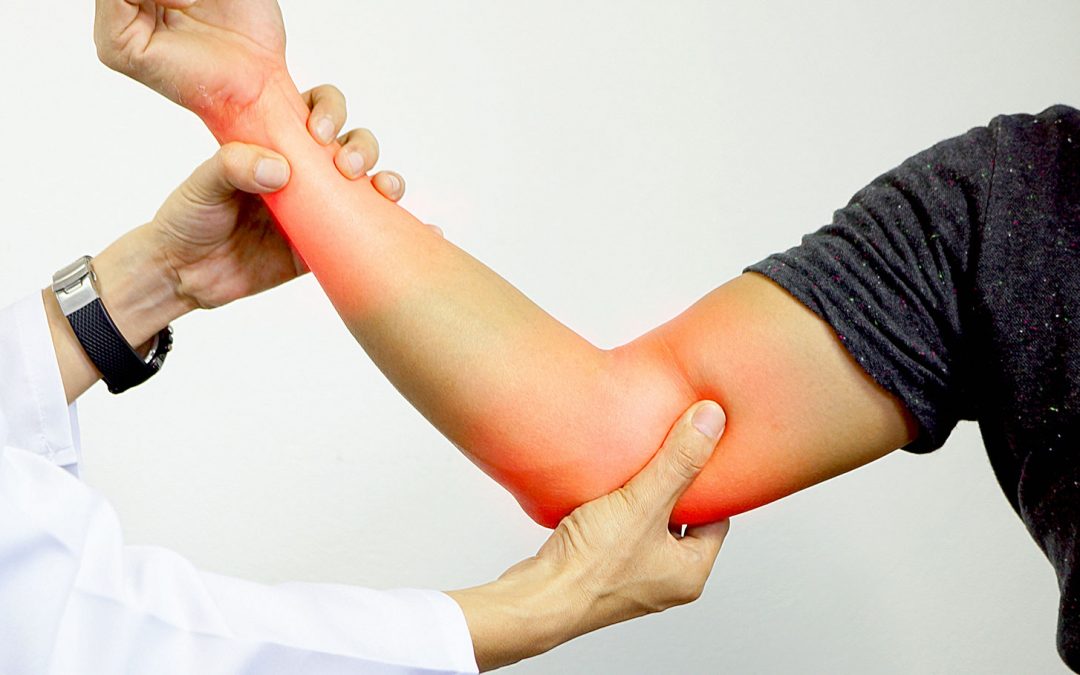Our body contains a complex network of hundreds of nerves keeping your brain informed about anything that’s going on all over and around your body.
This very complex network operates optimally most of the time but an injury or certain diseases, infection or inflammation can all disrupt this delicate nervous system and trigger immense pain.
Nerve entrapment (also called nerve compression syndrome) happens when the surrounding tissue compresses your nerve. It typically affects specific nerves in a single area of your body such as your torso, limbs, or the extremities.
These nerves, which extend from the spinal cord and brain are known as peripheral nerves.
Nerve entrapment can also cause numbness, tingling, reduced function, and muscle weakness in the area where the nerve was damaged.
Several conditions can cause nerve entrapment including repetitive injuries and chronic and inflammatory medical issues like rheumatoid arthritis, diabetes, and thyroid related disorders.
These health problems may lead to reduced blood flow to the nerves, swelling in tissues and damage to nerves insulation called myelin. This nerve malfunctions and triggers pain.
Mostly females but also adults over 30 are more likely to suffer from this condition.
People who suffer from blood circulation health issues are at an increased risk.
There are 2 very common types of nerve entrapment:
Carpal tunnel syndrome
It affects about 3-6% of adults. This occurs when your median nerve(The one extending from the upper arm to the thumb) becomes compressed and irritated at the wrist).
Tarsal tunnel syndrome:
This occurs due to compression on your posterior tibial nerve. This nerve branches off the sciatic nerve in your lower back and down to your ankle.
How is nerve entrapment treated?
Nerve stimulation
By delivering mild electrical pulses into the nerves in order to block pain signals. Another method is inserting a small wire lead near the affected nerve attached to an external pulse transmitter. Using a remote you basically control the electrical pulses.
MLS therapy
This treatment uses high and low light wave lengths to promote healing. The laser energy can reduces inflammation and pain without causing damage to your skin.
Physical therapy
This therapy focuses on strength and flexibility and may also lower the pressure on your nerves to avoid future health problems.
Surgery
Unfortunately, when nerve entrapment is too severe or advanced, surgery may be required
Using a thin, flexible tube the affected nerve is located and is decompressed.
Need guidance on how to control and manage your neuropathy? Check out my Neuropathy Revolution program





No Comments